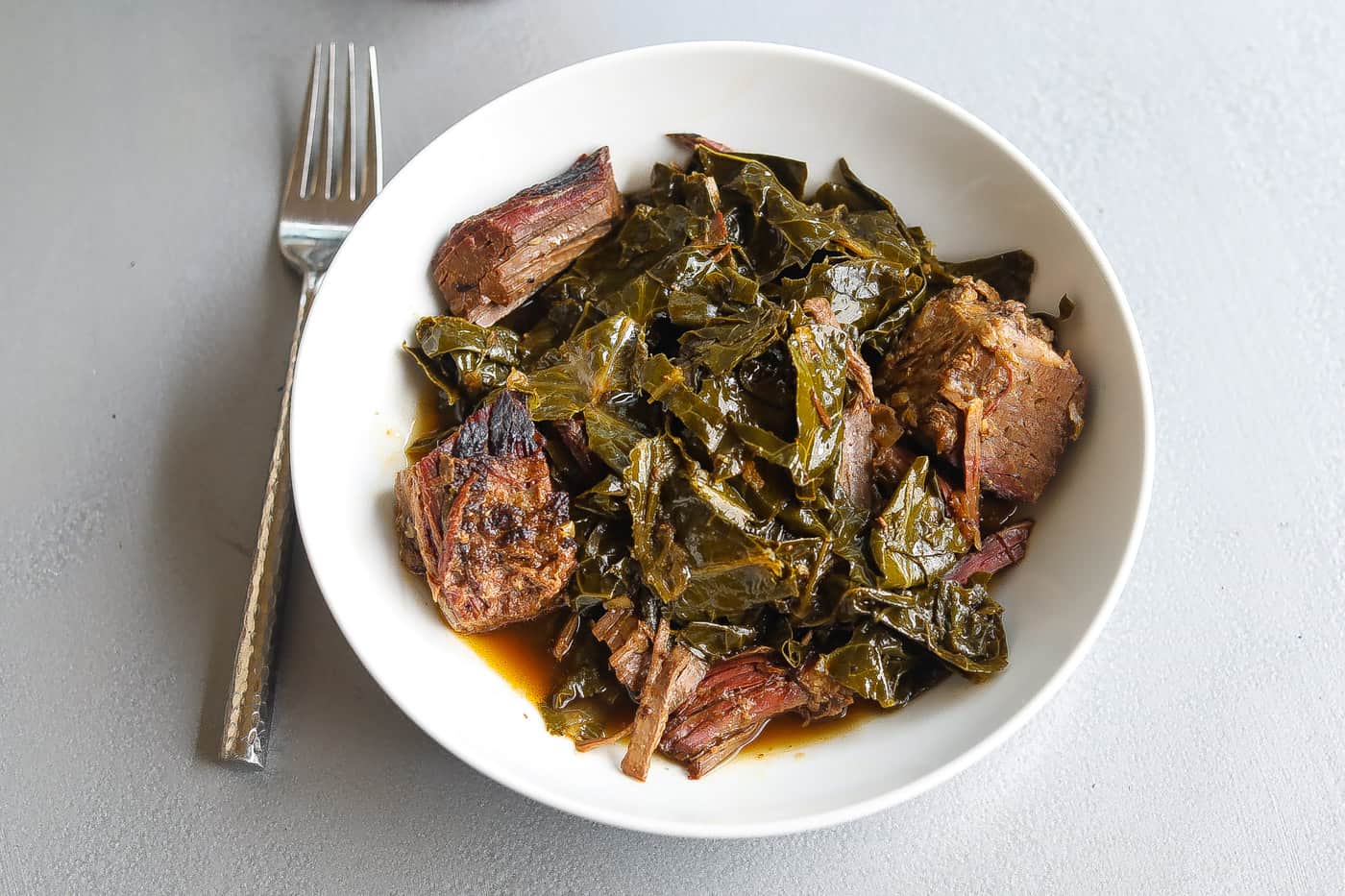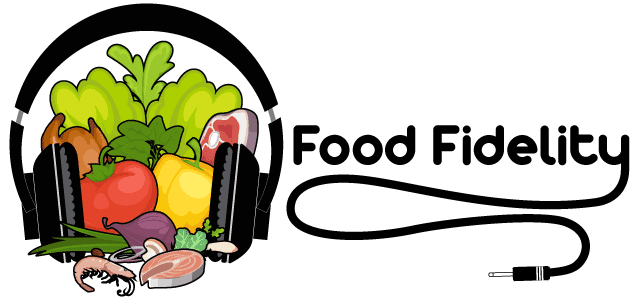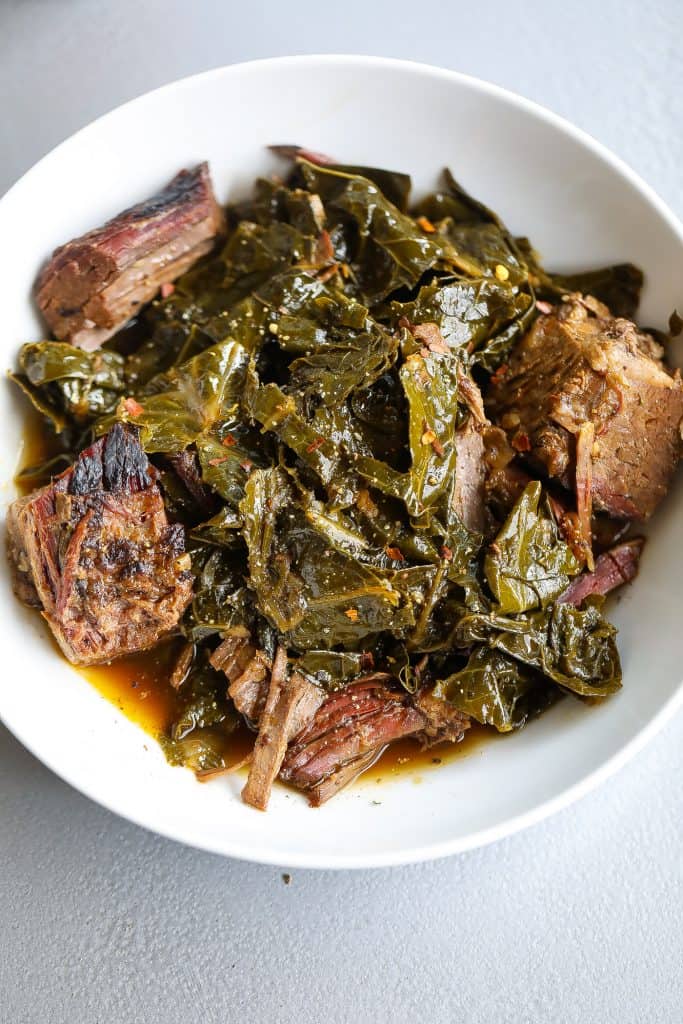Collard greens have been a staple food for generations. From the home cooked sides of the South, to salads served from upscale restaurants, these leafy greens bring more deliciousness than many people realize.
In this post, we will explore some of the delightful variations available when choosing your collards - whether that means taking advantage of their versatility in recipes or exploring different types grown around the world! No matter what type you choose, one thing is certain: Collard green dishes are sure to be a hit at any mealtime.
If you're a foodie, then no doubt you've cooked with collard greens at least once or twice. Collard greens have been hugely popular in Southern cuisine for centuries.
Nowadays, however, collard greens are gaining more and more recognition outside the South — and they deserve it. They incredibly flavorful and versatile (they work just as well in quick stir-fries as slow braises).
This blog post will provide you with an overview of all of the different types of collards out there so that next time you head to the grocery store (or farmer's market!) you'll know exactly which type to pick up.
What are collard greens?
Collard greens belong to the same plant family as broccoli, kale and cabbage and feature a bold flavor that is slightly bitter but absolutely delicious when cooked correctly.
They're especially popular in cuisine of the Southern United States, where collard greens are often cooked with bacon and other savory ingredients like onions or garlic.

What are the different types of collard greens
There are several different varieties of collard greens and just know that kale greens and collard greens aren't the same! Here is a breakdown of the many types of collard greens:
Georgia Southern Collard Greens
This is a popular variety of collard green that is known for its large, dark green leaves and mild flavor. This variety is believed to have originated in the southern United States and is popular in the region. It is known for its cold tolerance and ability to thrive in the hot and humid conditions of the southern states.
It is a slow-bolting variety, which means it can be grown for an extended period of time without going to seed. The leaves of Georgia Southern collard greens are large, thick and tender, making them perfect for cooking in traditional southern dishes like collard greens, soups, and stews. They are often used as a side dish, served cooked with bacon or ham hocks.
Morris Heading Collard Greens
This is another popular variety of collard green that is known for its large, savoyed leaves and slightly sweeter flavor. This is another variety also believed to have originated in the Southern United States. It is known for its cold tolerance, and its ability to thrive in hot and humid conditions.
Morris Heading collard greens like Georgia Southern Collards are also typically slow-bolting. The leaves are more crinkled than the Georgia Southern variety, and are typically smaller in size. Morris Heading collard greens are often used in traditional Southern dishes, such as collard greens, soups, and stews. They can also be used in salads, sandwiches and as a wrap for fillings.
Champion Collard Greens
This variety of collard green is known for its large, dark green leaves and cold tolerance. This variety is believed to have originated in the Southern United States and is popular in the region for its ability to thrive in cooler temperatures.
The leaves are large, thick, and tender, making them perfect for cooking in traditional Southern dishes like the ones mentioned before. This variety is well suited to be grown in the fall, winter and early spring. Champion along with Georgia Southern collards are most likely what you see in most grocery stores.
Vates Collard Greens
This is a small-leaved variety that is often used for baby greens or for planting in a container. Vates collard greens are often grown as a baby green, it's leaves are typically harvested when they are young and tender and are used in salads, sandwiches and as a wrap for fillings.
Vates collard greens are also suited for container growing and can be grown in small spaces. Vates collard greens are typically quick-maturing and can be harvested in as little as 45 days from seed, making them a great option for home gardens and urban agriculture. They are also a good choice for farmers market growers, as they can be grown in a small space and harvest multiple times.
Butter Collard Greens
This variety of collard green is known for its tender leaves and buttery texture. The leaves of Butter collard greens are typically more tender than other varieties and have a more delicate texture, which makes them ideal for use in salads, sandwiches, and as a wrap for fillings.
Butter collard greens are also well suited for sautéing, steaming, and stir-frying, it's leaves retain their texture and flavor well. They are a good choice for home gardens and urban agriculture, as they are easy to grow, quick-maturing and can be harvested in as little as 60 days from seed.
Tendergreen Collard Greens
This variety of collard green is known for its tender leaves and sweet flavor. The leaves of Tendergreen collard greens are typically large, thick, and tender, making them ideal for cooking in traditional Southern dishes like collard greens, soups, and stews.
Tendergreen collard greens are a great choice for home gardens and urban agriculture, as they are easy to grow, quick-maturing and can be harvested in as little as 55 days from seed. This variety can be considered as a cross between the Georgia Southern and Morris Heading, it has a more tender leaf and a milder flavor than Georgia Southern and a slightly sweeter flavor than Morris Heading.
Top Bunch Collard Greens
This variety of collard green is known for its compact habit and large leaves. The leaves of Top Bunch collard greens are typically large and thick, making them ideal for cooking in traditional southern dishes.
Top Bunch collard greens are a great choice for home gardens and urban agriculture, as they are easy to grow and don't take up much space. They are a slow-bolting variety, which means they can be grown for an extended period of time without going to seed.
Flash Collard Greens
This variety of collard green is known for its quick maturity and large leaves. The leaves of Flash collard greens are typically large, thick, and tender. Flash collard greens are a great choice for home gardens and urban agriculture, as they are quick-maturing and can be harvested in as little as 50 days from seed.
Eat More Collard Greens
Whether you like them cooked with smoked bacon, served with a side of baked mac and cheese or eaten raw in salads, this leafy green will add variety to your diet, as well as flavor and texture.
The next time you're at the grocery store or farmer's market, take some time to explore the different types of collard greens available. Think outside the box and experiment with different cooking techniques.
And remember, never forget to eat more collard greens! Not only are they delicious, but they can also be an easy way to add some exciting new flavors to your usual meals. So go ahead and give collard greens a try—you'll be glad you did!
If you make any of the collard greens recipes from this site, please come back and leave me a comment below with your feedback. Definitely take a photo of the dish and be sure to tag #foodfidelity so that I can see them.
You can also keep up with my food exploits as well as original recipes! You can find me on Instagram, Facebook, Twitter, and Pinterest. If you like any of the music you find on the site, visit me at Spotify to find curated monthly playlists.
Lastly, go to my YouTube channel and subscribe to be notified when new weekly videos are uploaded.


Montreal Burston
Tuesday 2nd of January 2024
Thanks for sharing knowledge differences type of Collard Green